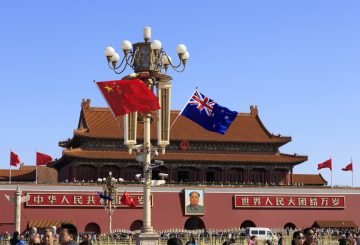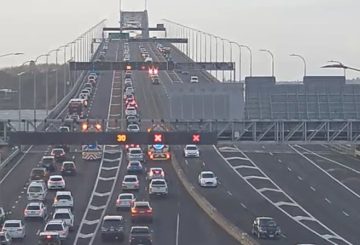국제로타리의 첫 여성 회장인 제니퍼 존스 (Jennifer Jones) 는 뉴질랜드에서 이뤄진 현지 프로젝트를 세계 여행에서 본 것 중 최고라고 칭찬했다.캐나다 출신인 존스는 2022년 국제로타리의 세계 회장에 취임하며 국제로타리 118년 역사상 최초의 여성 회장으로 이름을 남겼습니다.
존스는 여러 클럽이 운영하는 프로젝트를 방문하기 위해 뉴질랜드를 방문했다.그녀는 남섬 로타리 컨퍼런스의 기조연설자로 참석하기 위해 크라이스트처치로 향하기 전에 넬슨과 태즈먼을 방문했다.그녀는 넬슨에서 본 프로젝트에 특히 깊은 인상을 받았다.
존스는 1990년대에 로타리에 가입했다.그 전에는 여성의 가입이 허용되지 않았던 시기에 클럽 회의를 취재하는 기자로 일했다.1987년 미국 대법원이 로타리클럽이 성별에 따라 여성을 배제할 수 없다는 판결을 내리면서 상황이 바뀌었다.하지만 여성 한 명이 로타리의 세계 회장으로 임명되기까지는 35년이 더 걸렸다.
존스는 최초의 여성 회장이 된 것은 완전한 영광이며, 이를 통해 다른 사람들에게 영감을 줄 수 있길 바란다고 말했다.그녀는 이렇게 말했습니다. “어쩌면 ‘그녀가 할 수 있다면 나도 할 수 있다’고 말하는 누군가에게 문이 열린 것 같고, 저는 정말 행복합니다.”
국제로타리는 현재 200여 개국의 약 46,000개 클럽에서 140만 명이 넘는 회원을 보유하고 있습니다.존스는 회장으로 재임하는 동안 자신이 가장 좋아하는 나라 중 하나인 뉴질랜드를 포함해 57개국을 여행했다.
넬슨에 머무는 동안 존스는 로타리가 후원하는 여러 프로젝트를 방문했다.여기에는 노숙자를 위한 방문 센터, 청소년을 위한 멘토 프로그램, 음식물 쓰레기 최소화 서비스 등이 포함되었습니다.그녀는 또한 재사용 가능한 생리 건강 제품을 만들고 배포하는 비영리 단체인 데이즈 포 걸스 (Days for Girls) 의 자원봉사자들도 만났습니다.이 제품들은 보통 월별 기간 중에 학교를 결석할 수도 있는 여학생들에게 제공됩니다.




























































